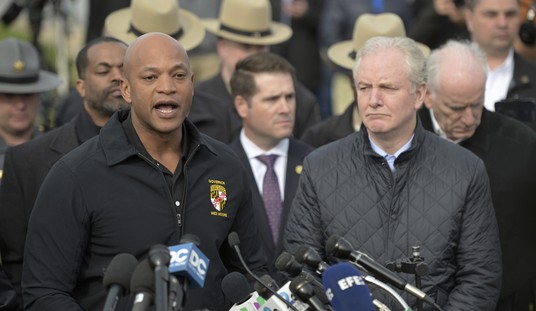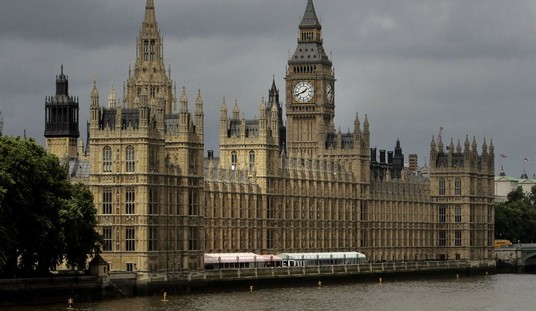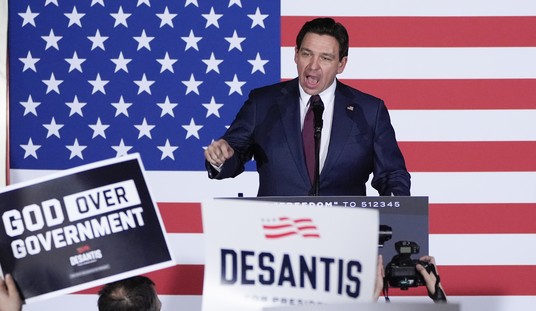Thursday, Bloomberg published an article titled “Machines Can Replace Millions of Bureaucrats” which offers some amusing insights into what the future of bureaucracy might look like. The story is largely based on the work of two Oxford academics, Carl Frey and Michael Osborne, who have been studying the likelihood of various jobs being automated. What they found is that some of the jobs which are ideal for automation are government jobs:
Government clerks who do predictable, rule-based, often mechanical work also are in danger of displacement by machines. In a recent collaboration with Deloitte U.K., Profs. Osborne and Frey estimated that about a quarter of public-sector workers are employed in administrative and operative roles which have a high probability of automation. In the U.K., they estimated some 861,000 such jobs could be eliminated by 2030, creating 17 billion pounds ($21.4 billion) in savings for the taxpayer. These would include people like underground train operators — but mainly local government paper pushers.
This week, Reform, the London-based think tank dedicated to improving public service efficiency, published a paper on automating the public sector. It applied methodology developed by Osborne and Frey to the U.K.’s central government departments and calculated that almost 132,000 workers could be replaced by machines in the next 10 to 15 years, using currently known automation methods. Only 20 percent of government employees do strategic, cognitive work that requires human thinking — at least for now, while artificial intelligence is as imperfect as it is.
The article goes on to say that in the UK there are 10 levels of government service, similar to the 14 GS levels here in the U.S. In the UK many of the people in those middle levels are doing routine, rule-based tasks that could potentially be turned over to machines. Bloomberg notes, “Only 38 percent of middle-level bureaucrats say they feel good about what they do.” If 132,000 bureaucrats could be eliminated in the UK, the number that could be done away with in the U.S., where the population is five times larger, could approach half a million. Plus, the robots won’t unionize and send campaign cash to one political party.
In addition to replacing mid-level bureaucrats, there is also the possibility of using automation for jobs where bureaucrats interact directly with people. This wouldn’t necessarily look like a scene from a dystopian science fiction movie. It might look more like the automated kiosks in airports that print your boarding passes. Banks in the U.S. are also expanding the use of automation to replace tellers. At my Bank of America branch there are now specialized kiosks inside the building which look like ATMs but with phones attached. These machines allow you to do almost anything you can do with a human teller but the human in this case is speaking to you by phone from a remote location. Presumably having a central location which can respond to requests from multiple banks is more efficient than staffing each branch with enough people to handle a rush of customers.
When you think about it, airports, banks, grocery stores and even some fast food places are offering automation to replace basic tasks but government offices often seem stuck in the 1950s. That needs to change. Automation can save taxpayers money and, very likely, make the experience of interacting with bureaucrats less tiresome than it is now. It wouldn’t have to look like this scene from Neil Blomkamp’s Elysium:








Join the conversation as a VIP Member